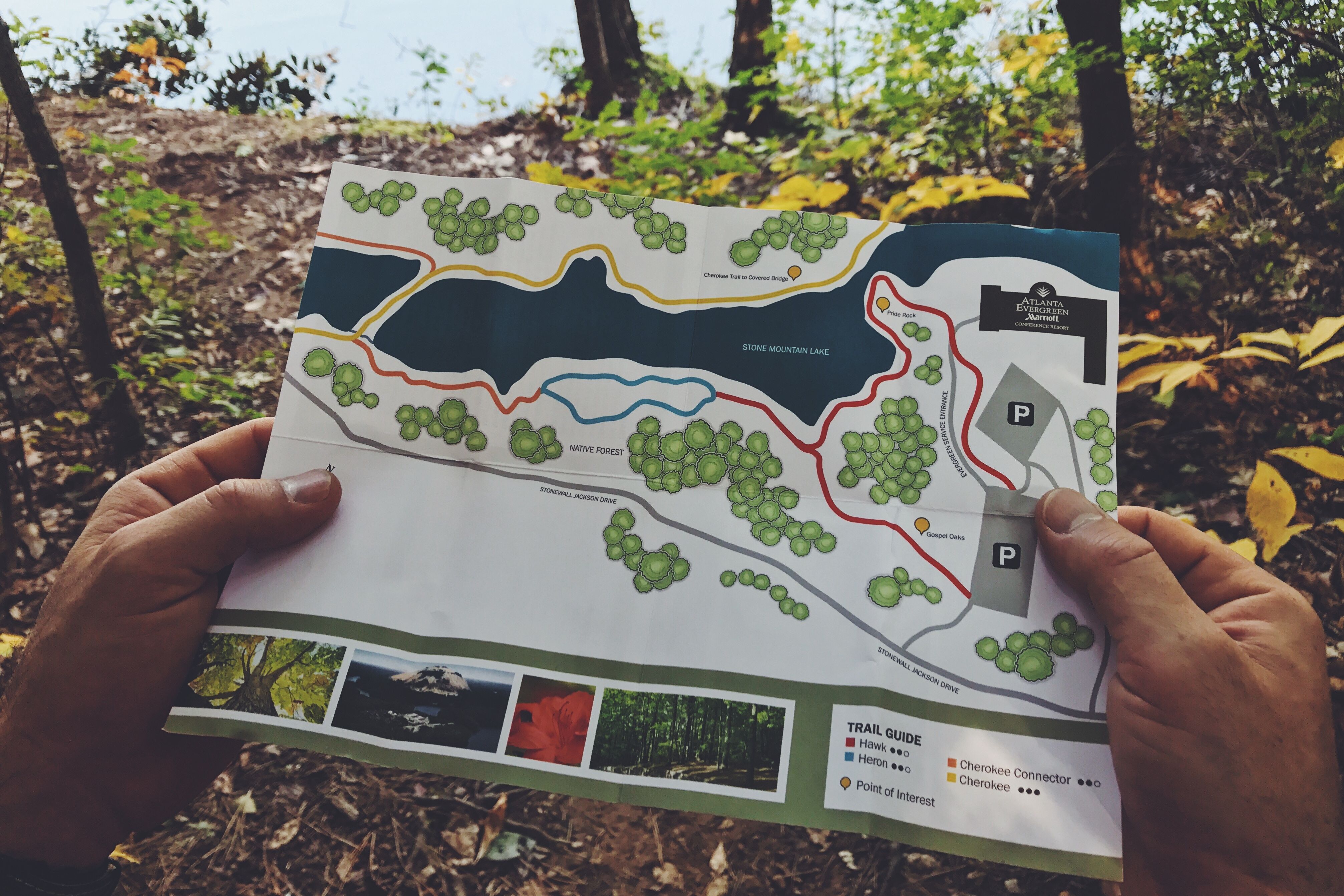Your business is always interacting with its target customer; and whether this interaction starts well and ends well, depends on how well you understand and create the customer journey map.
What Is the Customer Journey Map?
The customer journey map is the story of the customer’s interaction with your business, from initial contact, through the process of engagement and into a long term relationship.
The customer journey map may focus on the entire length of the process from initial contact to long term engagement or it may just involve a part of the entire process. The important thing is that it takes into consideration the customer’s experience, feelings, motivations, and questions at each point of interaction with the business. These points of interactions are known as touchpoints.
A customer journey map, when done well, can teach your business about its target customer by making clear what their motivations and expectations are at each touchpoint.
Why Should You Care about Customer Journey Mapping?
A customer journey map puts the customer at the forefront of a business’ thinking and strategy. Customer journey maps can help you get a better view of how customers behave and how they move down your sales funnel—and this is useful many ways:
- Copywriters can get a better idea of the questions which customers are asking, what their pain points and feelings are, and what they hope to achieve when they interact with the business.
- Designers benefit from having a better understanding of user’s context, so that designed materials better address their target audience.
- Managers gain an overview of the customer’s experience as they move through the sales funnel. They can then use this better understanding to enhance the experience and reduce friction going down the funnel.
- User experience designers can use the overview of the customer’s experience to identify gaps and touchpoints which are painful or disjointed. For example: gaps between devices when a user move from desktop to mobile, gaps between departments that might leave customers frustrated, gaps between channels like moving from social media to the website.
- In other words, customer maps give you a better view of your customer and inform you on how you can better solve their problems.
Key Attributes of Customer Journey Maps
· Customer journey maps should be built from the customer’s point of view and not from your business’ point of view.
· They should capture the customer’s perception of their experiences with your business as relates to their goals, their needs, and their expectations.
· An effective customer journey map illustrates the customer experience across several touchpoints to provide a connected view.
· Your customer journey should incorporate performance indicators so that the overall situation of the customer experience is clear to evaluate, and also, areas in need of improvement can be easily identified.
· The effectiveness of a customer journey is optimized when they are created in such a way that stakeholders can clearly view all the parameters that are critical to creating a favorable experience for the customer.
How to Start Your Own Customer Journey Mapping
- Identify where your business goals and your customer’s goals meet. You want the communication carried out at any touchpoint to be the sort that addresses customer’s needs while taking your business as close as possible to its own goals.
- Identify all the touchpoints at which the customer engages or communicates with your business, grouped in the categories pre-purchase, purchase, and post-purchase.
- Recognize pain points and moments of delight at each touchpoint to better understand how stakeholders can improve on the experience. For example, are customers disappointed about how difficult it is to get in touch with customer service during post-purchase touchpoints? How can you fix this with customer relations team?
- Go through the customer journey yourself to evaluate. You can discover much-needed, previously undiscovered insight about your customers by walking in their shoes.
- Visualize your customer journey map. Don’t just end with a set of points written down on a note pad. If you can’t go all out with a well-designed infographic, then use stick-it notes placed strategically on a board so that stakeholders have a bird’s eye view of the entire process.
Customer journey mapping can be an intensive and time consuming process; but the rewards are worth it—for you and your business. If you find the above a little hard to take in, we at Eternity would be happy to help. Reach out now!

